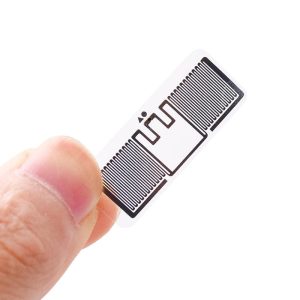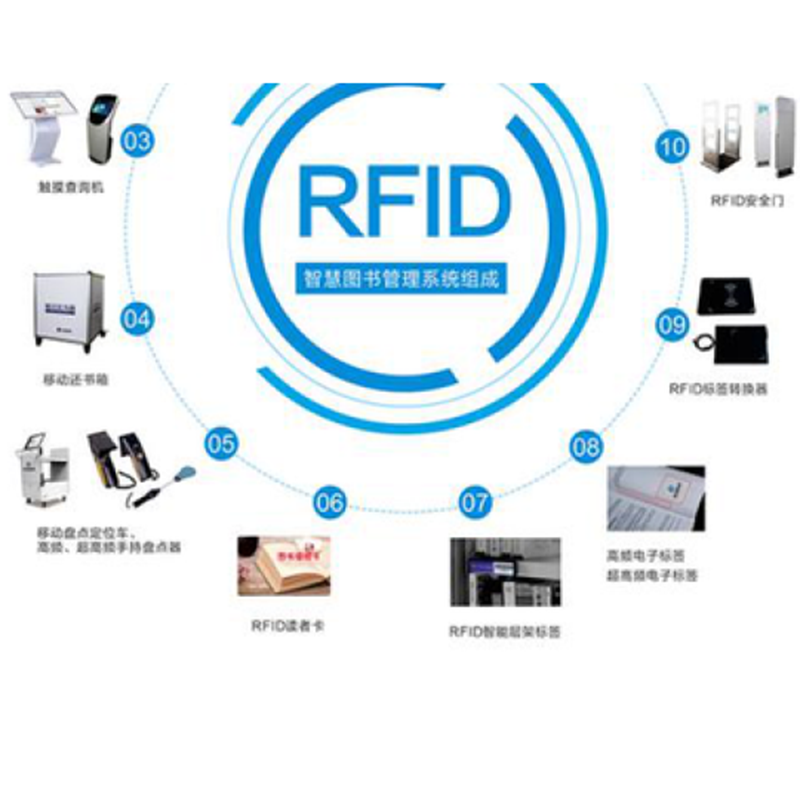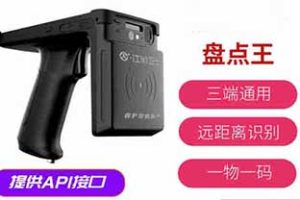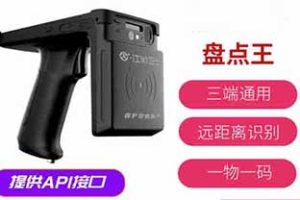The Price Factors of RFID Readers and Writers Application and Selection Factors of RFID High Temperature Resistant Labels
There are more and more projects in industrial production that require RFID tags to withstand high temperatures. For example, special application environments such as electricity and steel have higher requirements for the heat resistance of tags. RFID tags not only need to stably collect and provide feedback in high temperature environments, but also need to ensure their service life. The RFID high-temperature resistant tag adds a certain degree of high-temperature resistance by using non-contact recognition technology. It is a type of RFID electronic tag that can work stably and normally in high-temperature environments. It is made of special materials and special protective measures are taken during the production of the tag to better protect the core, antenna, and reading and writing distance of the product, ensuring that the tag performance is not adversely affected by temperature.

RFID high-temperature resistant label
Polyphenylene sulfide (PPS) is commonly used as a high-temperature resistant tag material for RFID. PPS is a structurally stable and highly rigid crystalline resin engineering plastic, which has advantages such as high temperature resistance, non-toxic, flame retardant, chemical corrosion resistance, and good insulation performance. It can be used in rigid and durable mechanical products, as well as heat-resistant and fire-resistant electrical products. Electronic tags packaged with PPS engineering plastics have multiple advantages such as high temperature resistance, flame retardancy, chemical corrosion resistance, high rigidity and wear resistance. They can be applied in harsh environments such as high temperature, high humidity, wear resistance, and corrosion resistance. Common applications and product recommendations of RFID high-temperature resistant tags
The Price Factors of RFID Readers and Writers Application and Selection Factors of RFID High Temperature Resistant Labels
1. Industrial washing field
The RFID high-temperature resistant tag ETAG-T650 is recommended in the field of industrial washing. This tag adopts double-sided PPS packaging technology, which has the characteristics of waterproof, shockproof, moisture-proof, and high-temperature resistance. It is a high-temperature water washing tag that is easy to be embedded or sewn into fabrics and clothing for washing management. It can withstand all compounds in the normal industrial washing process and is suitable for industrial washing management, hotel/hospital linen washing management, bedding washing management, etc.
2. Industrial manufacturing sector
In the field of industrial manufacturing, we recommend ETAG-T652, ETAG-T653, and ETAG-T656. These three tags are ultra-high frequency and high-temperature resistant electronic tags with properties such as high temperature resistance, corrosion resistance, acid and alkali resistance, and metal resistance. They are packaged with special high-temperature materials and are mainly used in harsh high-temperature scenarios such as baking paint processing lines, electroplating management, mold management, injection molding management, hot working part management, power equipment inspection, and automatic identification of molten iron tank numbers.

Selection elements of RFID high-temperature resistant tags
1. Time and temperature should be clearly defined. RFID high-temperature resistant tags can withstand short-term extreme high temperatures, but if they exceed a certain period of time, the tags will fail. Therefore, it is important to consider the duration for which the tags can withstand high temperatures. For example, in jet baking applications used to track car chassis, tags are required to withstand prolonged exposure to high temperatures.
2. One of the reasons for failure in high-temperature applications is often due to the use of adhesive backing. High temperatures can cause the adhesive backing to fail and the label to fall off. To avoid such situations, more durable installation methods should be used, such as high-temperature resistant adhesive backing or epoxy adhesive, or the label should be welded to the equipment or even directly embedded inside the product. This method only requires creating a corresponding size groove on the product. If the label itself is designed with holes, screws, turns, or ropes can also be used to fix it. In harsh environments such as high-temperature work, QR codes and any printed labels cannot meet the requirements for normal operation. Only RFID high-temperature resistant labels can read data normally even if they are affected by flames, smoke, oxidation, or chemical reagents, ensuring that this information is not damaged in harsh environments. RFID high-temperature resistant labels have been widely used in the industrial field and meet the needs of special operations.
Welcome new and old customers to call us for inquiries. We support small batch and appearance customization. We will provide you with 1V1 technical consulting services for free! We have a research and development center of over 3000 square meters in Shenzhen Guangming Pilot Industry Base, with 12+laboratories. We welcome new and old customers to call us for consultation. Our research and development strength is strong, and we are a trusted manufacturer. Welcome to call us or sales@molddl.com For consultation, our company supports small batch customization, packaging design, and free samples for OEM processing. Please contact us!
This article is included in Baidu Wenku






